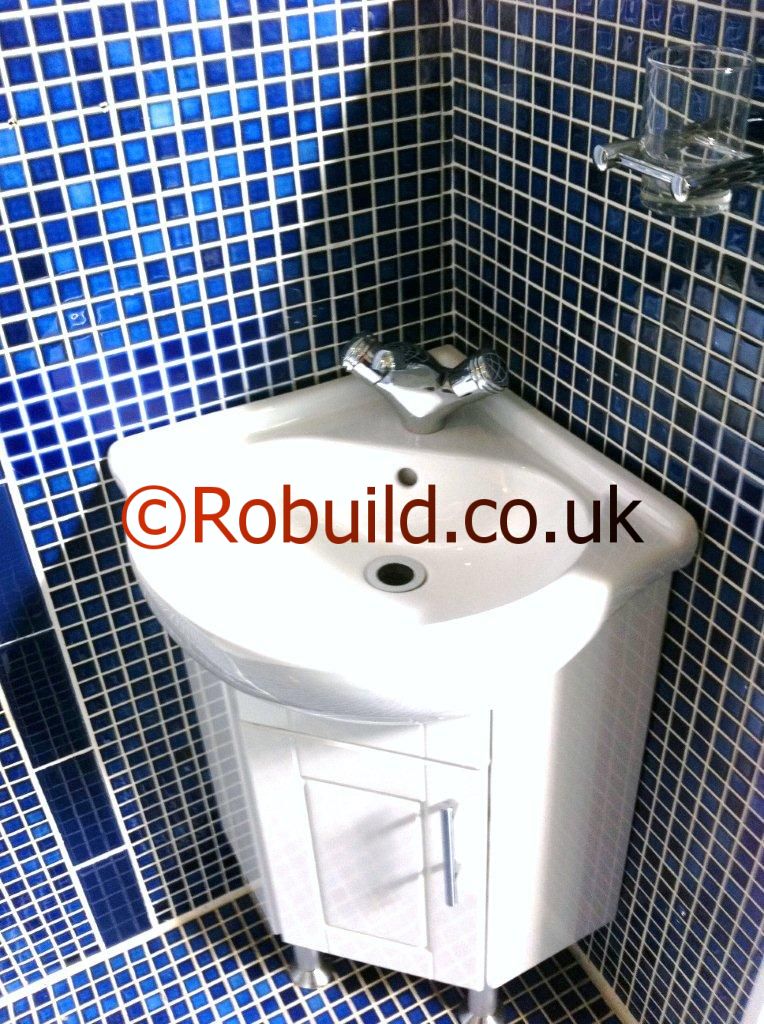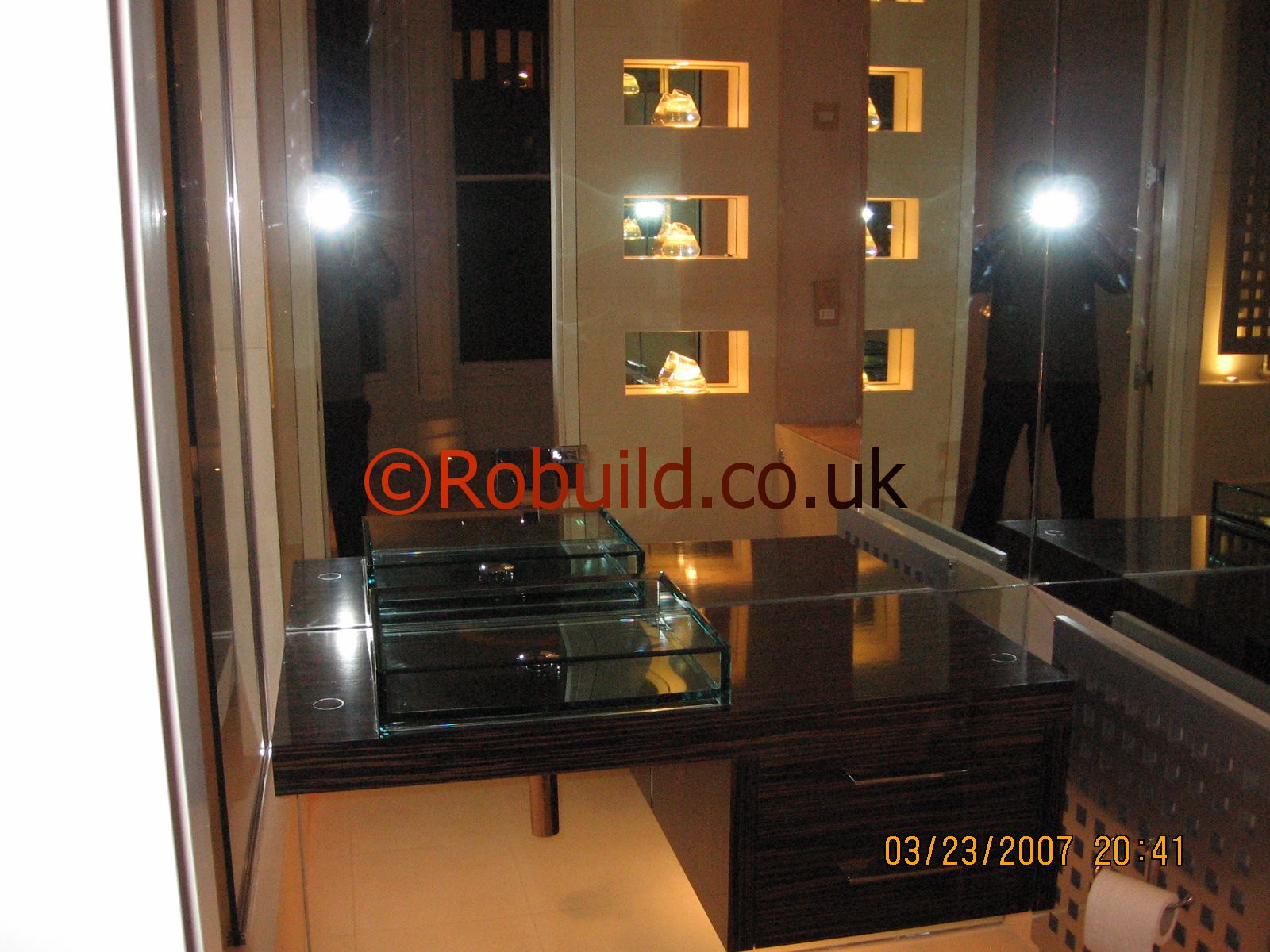The best surface for areas which must stand up to regular cleaning with detergents is ceramic tiles.Cheap and effective, they provide an excellent finishing material for bathroom, shower and kitchen walls.

These are made of fired pressed clay which is then glazed and fired again to give a high-gloss or matt finish. They come in an enormous range of plain or mottled colours. There is also a choice of tiles decorated with screen-printed patterns. Some of these are self-contained designs and can be mixed into a wall of plain tiling to add a decorative effect. Others are designed to form a continuous pattern, while still others, based on Spanish or Portuguese hand painted tile designs, can be used either individually or as part of a regular repeat pattern.

The tiles can be square or rectangular, with various other sizes available to order. Tiles with one or more rounded edges to flt around wall perimeters are also manufactured. Relief tiles, which have a pattern moulded into the surface and are usually glazed with a plain colour, are also available in sizes similar to those above, but these are about 13mm thick. As with heavily embossed papers, they will be seen to best advantage if lit from one side or from above to produce a strong ‘modelled’ effect. Tiles are traditionally fixed by bedding in a cement and sand mortar mix on a hard, flush surface, but one of the proprietary mastic adhesives may be quicker and easier to use. The joints are pointed in plaster or portland cement, unless there is any danger of movement in the surface to which they are fixed. If this is the case, a mastic compound should be used.
Polyvinyl chloride tiles are made in sizes similar to ceramic tiles, and are also available in panels moulded to simulate a group of individual tiles. They are fixed with an impact adhesive and are good to use in bathrooms, since their warm surface reduces the likelihood of condensation. The surface is, however, more liable to damage by scratching and knocking than a clay tile, and will not withstand abrasive cleaners, such as detergents or scouring powders.
Another attractive and suitable wall finish for bathrooms is mosaic. The true vitreous mosaic composed of a small square of glass or vitrified clay is very expensive, but ceramic mosaic with an eggshell finish and various other cheaper types are available. These are usually sold in panels about 300mm square, covered with a temporary paper facing which is washed off after the mosaic is fixed.
Like ceramic tiles, they can only be fitted to a hard flush surface, and are flitted with adhesive in the same way. The joints between the pieces are filled with white cement or other recommended grouting medium after the paper has been removed. Generally, the pattern of small pieces provides sufficient visual interest, and panels of uniformly coloured pieces are preferable to those with a mixture of colours. Some manufacturers produce panels composed of cushion shaped square pieces, rectangles or hexagons.

Bathrooms usually need at least one mirror and the opportunity can be taken to form part or the whole of a wall surface as a mirror. Apart from its practical use, a large wall mirror can be effective in increasing the apparent size of a small bathroom, especially if it extends the full width of the wall at eye level.

A conventional, silvered plate glass mirror can be used, but this should not be fitted above a bath or other source of steam, or it will quickly mist over with condensation. This can be overcome by using a sheet of silvered plastic which is marketed at approximately the same price as the glass type. Glass mirror can also be obtained in the form of tiles which will fit in with the pattern of ceramic tiling.
